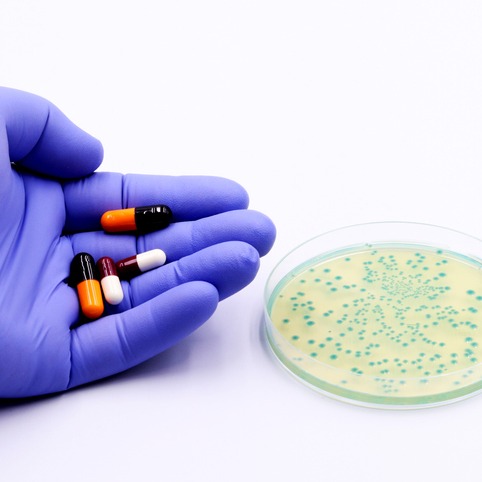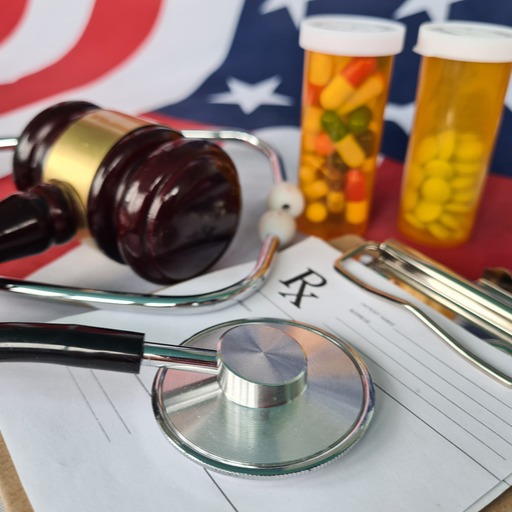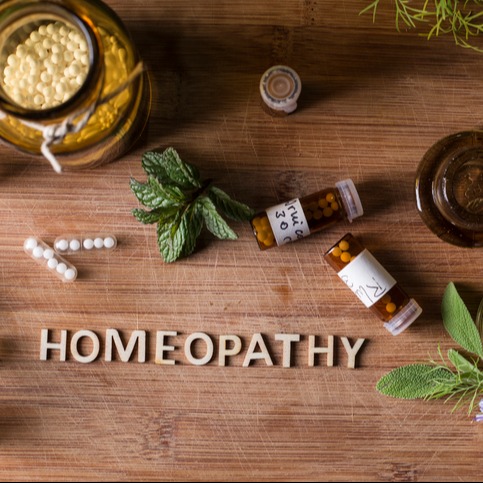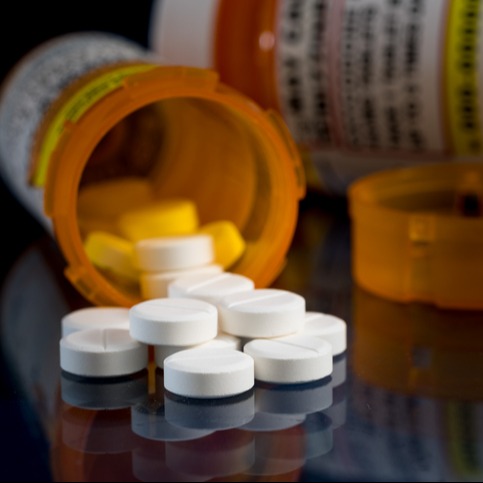
In December 2023, the US Food and Drug Administration (FDA) issued warnings to nine drug manufacturers, asking them to stop selling unapproved antibiotics designed for use in animals.
Before you click away from this post, please read on because this topic involves you!
There is a back-story behind this latest action by the FDA: it is antibiotic resistance.
Antibiotic resistance is defined as the ability of certain bacteria to avoid being killed by antibiotic medications. Antibiotic resistance poses a clear and present danger to public health. We are running out of medications to treat bacterial infections, including some common ones like Staph (Staphylococcus aureus) skin infections.
What Causes Antibiotic Resistance?
Bacteria are one-celled organisms that can divide very quickly. This quick division means that a single bacterium like E. coli can witness the birth of its great-great-grandchildren in less than one hour.
Every time an organism reproduces, be it a person or a bacterium, there is the chance that a mutation will change its ability to survive in its environment. Most mutations make no difference to survival. Some make the organism less able to survive, and some help it survive.
Some of these mutations enable bacteria to resist being killed by antibiotics. In a person treated with amoxicillin, for example, most bacteria will die; however, those with a mutation providing amoxicillin resistance will survive and divide. Pretty soon, all the bacteria in a population are resistant to amoxicillin. This is terrible news for the individual patient. It is even worse news for the public because these bacteria can spread to previously uninfected people who now have infections with amoxicillin-resistant bacteria.

The Rise of Antibiotic Resistance
There are several causes of antibiotic resistance.
1. Overuse and Misuse of Antibiotics: Inappropriate use of antibiotics, such as not completing a prescribed course or using them without a doctor's prescription, can contribute to developing resistance.
2. Incomplete Treatment Courses: Not completing a prescribed antibiotic course allows some bacteria to survive and develop resistance to that specific antibiotic.
3. Inappropriate Antibiotic Prescriptions: Prescribing antibiotics when unnecessary or using broad-spectrum antibiotics when a narrower spectrum would be effective can contribute to resistance.
4. Agriculture: Antibiotics are often used in livestock farming for growth promotion and disease prevention. This phenomenon was the reason for the FDA warnings issued at the beginning of this post.
5. Lack of New Antibiotics: The development of new antibiotics has slowed, making it challenging to combat emerging resistant strains.
6. Poor Infection Control: Inadequate measures to prevent the spread of infections in healthcare settings and communities facilitates the transmission of antibiotic-resistant bacteria.
7. Global Travel and Trade: Bacteria and resistance genes can spread globally through travel and trade, thereby making antibiotic resistance a significant global health concern.
8. Lack of Public Awareness: Insufficient awareness among the public and healthcare professionals about the consequences of antibiotic misuse and resistance can contribute to the problem. This last factor is critical and merits closer analysis.
What Explains the Lack of Public Awareness About Antibiotic Resistance?
Although antibiotic resistance has posed a severe threat to public health since shortly after these medications came into widespread use in the middle of the twentieth century, the problem has nevertheless received little attention. Why is this so?
Every time the issue of antibiotic resistance appears on the public radar, another health crisis emerges, diverting public attention.
By the mid-1980s, methicillin-resistant Staphylococcus aureus (MRSA) was becoming a severe problem. Thousands of patients were experiencing common skin infections that proved challenging to treat because traditional penicillin-based antibiotics were no longer effective.
Then, the AIDS crisis began, and MRSA virtually disappeared from the news for almost forty years.
Now that AIDS is better understood, with elevated public awareness and effective treatments available, the bandwidth in the public health space has opened again, and concerns about antibiotic resistance have begun to resurface.
Then COVID-19 happened, and five years later, antibiotic resistance is once again on the back burner. Unfortunately, many COVID-19 patients died of bacterial pneumonia caused by resistant bacteria. There was relatively less attention paid to the actual cause of death than the virus that predisposed these patients to contracting pneumonia in the first place.

Strategies for Combating Antibiotic Resistance
Combating antibiotic resistance requires a multifaceted approach that addresses the overuse and misuse of antibiotics and the development of new strategies to tackle evolving resistant strains.
First, promoting responsible antibiotic use is crucial. This involves educating healthcare professionals and the public about the appropriate prescription and usage of antibiotics. Encouraging healthcare providers to prescribe antibiotics only when necessary and ensuring patients complete their prescribed courses help prevent the development of resistance. Additionally, implementing robust antibiotic stewardship programs in healthcare facilities can optimize the use of antibiotics, minimizing the emergence of resistant bacteria.
Secondly, there is a pressing need to invest in research and development of new antibiotics. The discovery of novel antimicrobial agents is essential to stay ahead of evolving resistance mechanisms. Governments, pharmaceutical companies, and research institutions must collaborate to incentivize the development of new antibiotics. This includes funding research initiatives, providing regulatory support, and offering financial incentives to promote the development of antibiotics. Furthermore, fostering international collaboration is vital, as antibiotic resistance knows no borders. Sharing information, coordinating efforts, and implementing global strategies can help address the spread of resistant strains on a broader scale.
Ultimately, a comprehensive and coordinated effort on multiple fronts is necessary to mitigate the impact of antibiotic resistance and safeguard the effectiveness of these life-saving drugs.
Rely on PlanetDrugsDirect.com to Buy Online Your Prescription Drugs
As a trusted prescription referral service, we offer important benefits whenever you order online. Each of our partner pharmacies and/or government-approved dispensaries is committed to providing the best experience possible of any online prescription referral service on the internet. We offer:
Low prices
Quick turn-around times
Generic and brand-name medications
Unparalleled customer service
 Medically reviewed by
Medically reviewed by 





